Here were some of the ideas of points of interest and intersections between mycology and architecture:
- What the fruiting body is – a way to disperse spores – pores, tubes, gills, fertile surfaces
- Evolution of fungi in developing the different spore dispersal methods
- Structure of the fruiting body – different parts stems, caps, veils, etc
- Structure of the fruiting body -shapes – how architecture imitates natural shapes what sorts of shapes to mushrooms have? Gills compared to roof beams/supports? Umbrellas etc
- Metropol Parasol, Seville by Jürgen Mayer H
- Gas Station / Atelier SAD
- The National Assembly for Wales, Cardiff, UK
- Structure of the fruiting body – stems – solid->hollow and stuffed->hollow – require less resources but more complex cellular structure
- Differences in the internal tissues of a fungi – compare Russulas to other mushrooms
- The importance of mushrooms to the environment – health of trees in the environment
- Environmental evaluation of building sites, especial large public sites. Do they consider fungi? If the green spaces are too small the temperature is higher and that can affect beneficial fungi.
- Mycelium bricks as a building material etc
Species list entered by Richard Jacob.
Fungi:
[icon style=”camera”] Amanita flavoconia ( Yellow Patches),
[icon style=”camera”] Apioperdon pyriforme ( Pear-shaped Puffball ),
[icon style=”camera”] Armillaria mellea ( Honey Mushroom),
[icon style=”camera”] Arrhenia epichysium ( ),
[icon style=”camera”] Aureoboletus innixus ( Clustered Brown Bolete),
[icon style=”camera”] Baorangia bicolor ( Red-and-yellow Bolete; Bicolor Bolete),
[icon style=”camera”] Calvatia gigantea ( Giant Puffball),
[icon style=”camera”] Cerioporus squamosus (Dryad’s Saddle, Pheasant Polypore),
[icon style=”camera”] Crepidotus mollis (),( Jelly Crep/Soft Stumpfoot),
[icon style=”camera”] Daldinia childiae ( Carbon Balls),
[icon style=”camera”] Ductifera pululahuana ( White jelly fungus),
[icon style=”camera”] Entoloma abortivum ( Aborted Entoloma),
[icon style=”camera”] Ganoderma applanatum ( Artist’s conk),
[icon style=”camera”] Geastrum triplex ( Collared Earthstar),
[icon style=”camera”] Grifola frondosa ( Hen of the Woods / Sheep Head),
[icon style=”camera”] Gymnopilus junonius ( ),
[icon style=”camera”] Gyroporus castaneus ( Chestnut Bolete),
[icon style=”camera”] Hohenbuehelia petaloide (Shoehorn Oyster),
[icon style=”camera”] Hygrocybe conica ( Witch’s Hat),
[icon style=”camera”] Hypholoma lateritium ( Brick top),
[icon style=”camera”] Inonotus dryadeus ( Oak Bracket),
[icon style=”camera”] Irpex lacteus ( Milk-white Toothed-Polypore),
[icon style=”camera”] Lacrymaria velutina ( Weeping widow),
[icon style=”camera”] Laetiporus sulphureus ( Chicken Mushroom; Sulphur Shelf),
[icon style=”camera”] Lentinellus ursinus ( Bear Lentinus),
[icon style=”camera”] Lepiota cristata ( Malodorous Lepiota),
[icon style=”camera”] Lepiota rubrotincta (),( Red-tinged lepiota),
[icon style=”camera”] Leucoagaricus barssii ( ),
[icon style=”camera”] Mycena crocea ( Walnut Mycena),
[icon style=”camera”] Mycena haematopus ( Bleeding Mycena),
[icon style=”camera”] Mycena inclinata ( Clustered bonnet / oak-stump bonnet cap),
[icon style=”camera”] Mycena leaiana ( Orange Mycena),
[icon style=”camera”] Neofavolus alveolaris ( Hexagonal-pored Polypore),
[icon style=”camera”] Orbilia delicatula ( ),
[icon style=”camera”] Panellus stipticus (Luminescent Panellus, bitter oyster),
[icon style=”camera”] Phellinus gilvus ( Mustard Yellow polypore),
[icon style=”camera”] Phellinus robiniae (Cracked cap polypore, Locust polypore),
[icon style=”camera”] Phlebia incarnata ( ),
[icon style=”camera”] Pleurotus ostreatus ( Oyster Mushroom),
[icon style=”camera”] Pluteus cervinus ( Deer mushroom),
[icon style=”camera”] Polyporus badius ( Black-footed Polypore),
[icon style=”camera”] Radulodon copelandii ( Asian beauty),
[icon style=”camera”] Schizophyllum commune ( Split Gill),
[icon style=”camera”] Scleroderma cepa ( ),
[icon style=”camera”] Scleroderma citrinum ( Pigskin Poison Puffball),
[icon style=”camera”] Stereum complicatum ( Crowded Parchment),
[icon style=”camera”] Stereum ostrea ( False Turkey-tail),
[icon style=”camera”] Stropharia rugosoannulata ( Wine Cap Stropharia),
[icon style=”camera”] Trametes aesculi ( ),
[icon style=”camera”] Trametes betulina ( Multicolor Gill Polypore),
[icon style=”camera”] Trametes gibbosa ( Lumpy bracket),
[icon style=”camera”] Trametes ochracea ( ),
[icon style=”camera”] Trametes versicolor ( Turkey-tail),
[icon style=”camera”] Trichaptum biforme ( Violet Toothed-Polypore),
[icon style=”camera”] Trichia favoginea ( ),
[icon style=”camera”] Tyromyces chioneus ( White Cheese Polypore)
Partially identified species:
Russula sp.
Lactarius sp.
Scutellina sp.
Pholiota sp.
Photos by Stephen Bucklin and Richard Jacob.
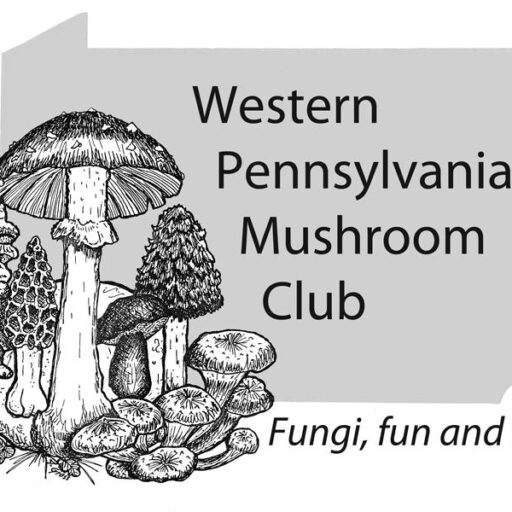
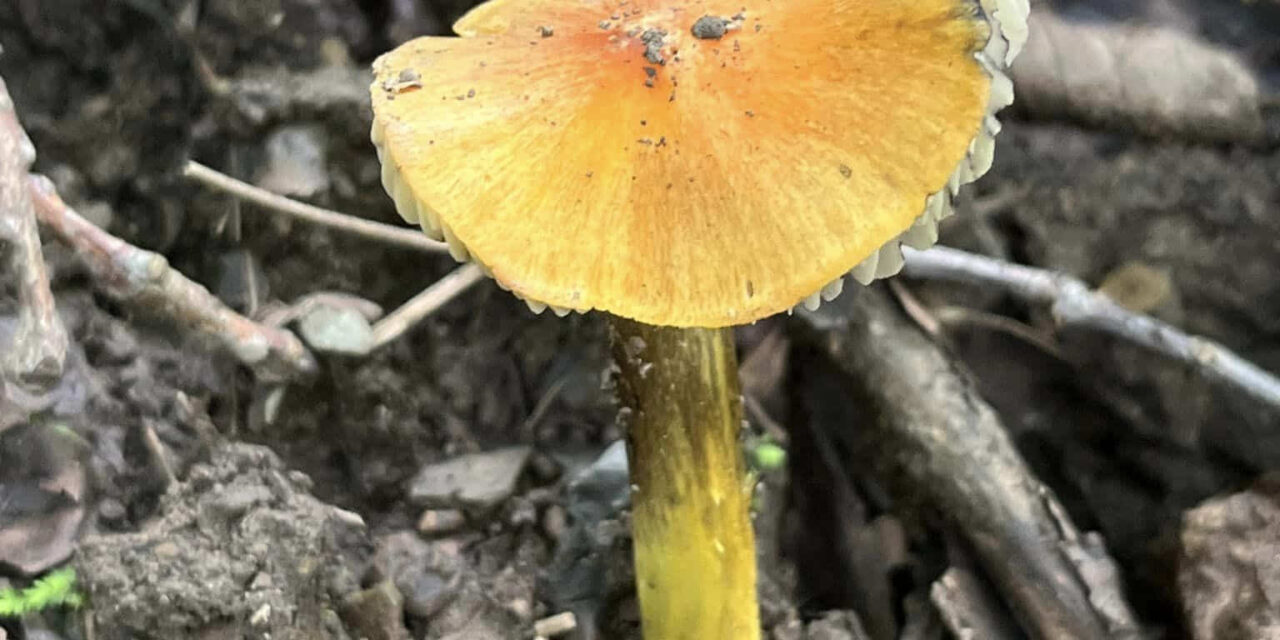









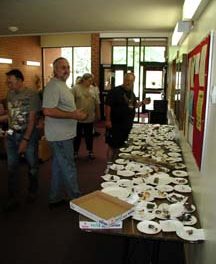
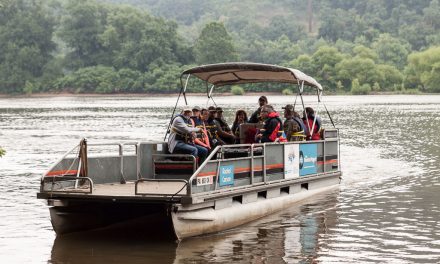
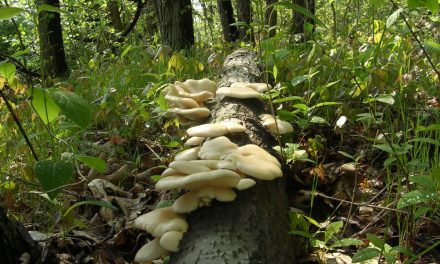
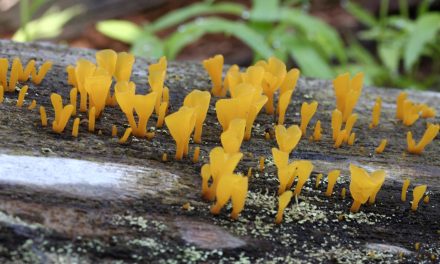

Recent Comments